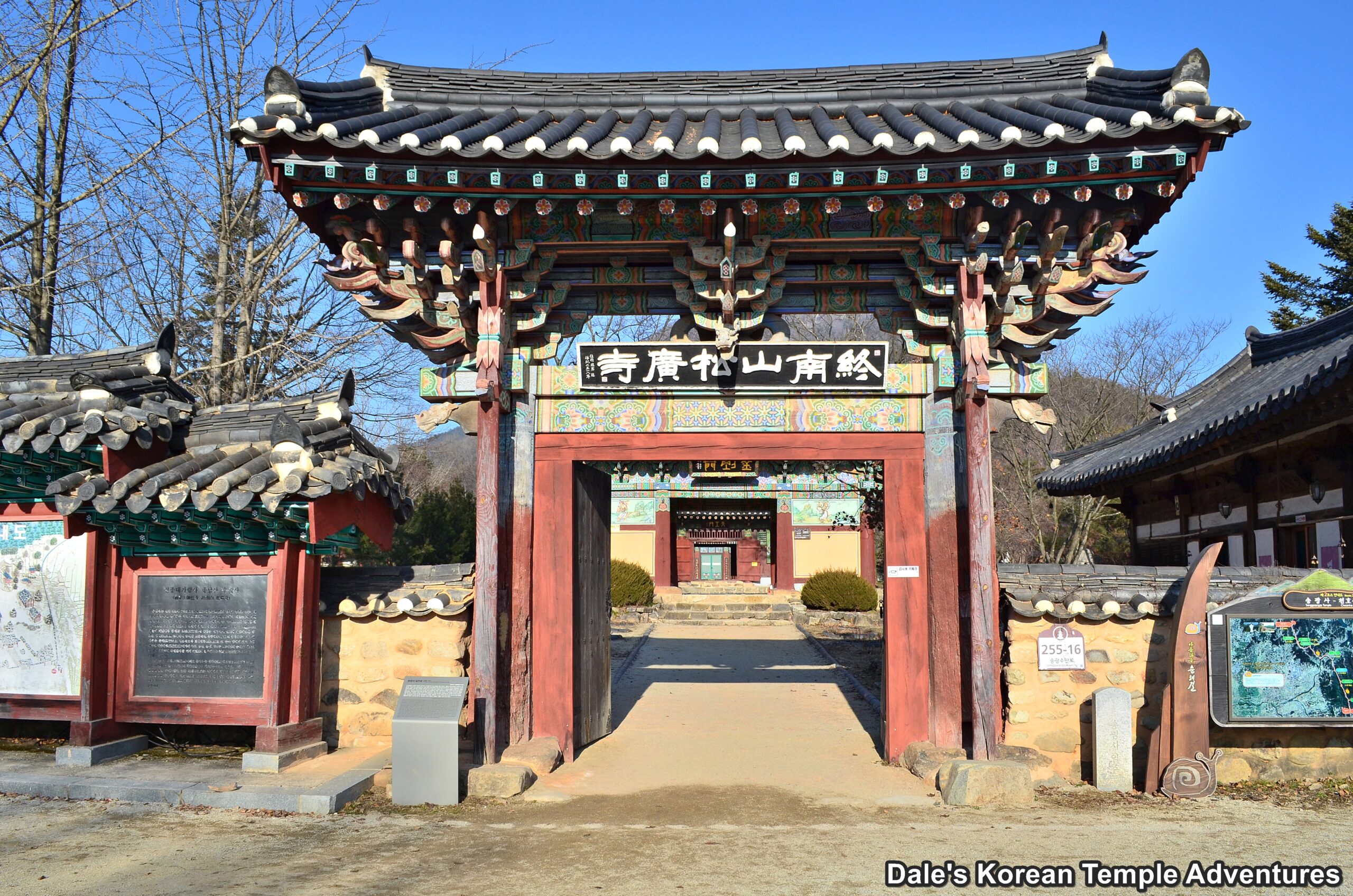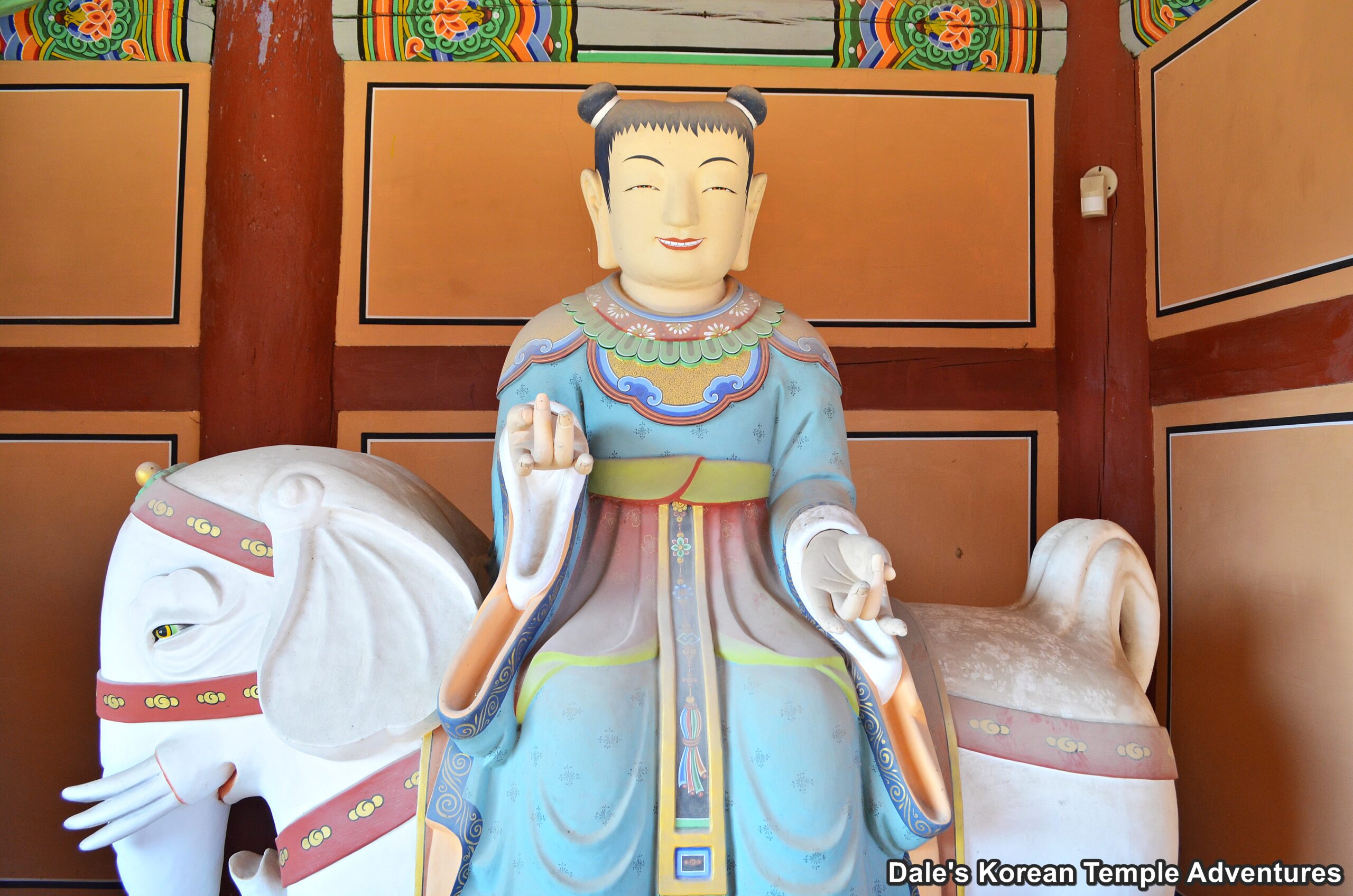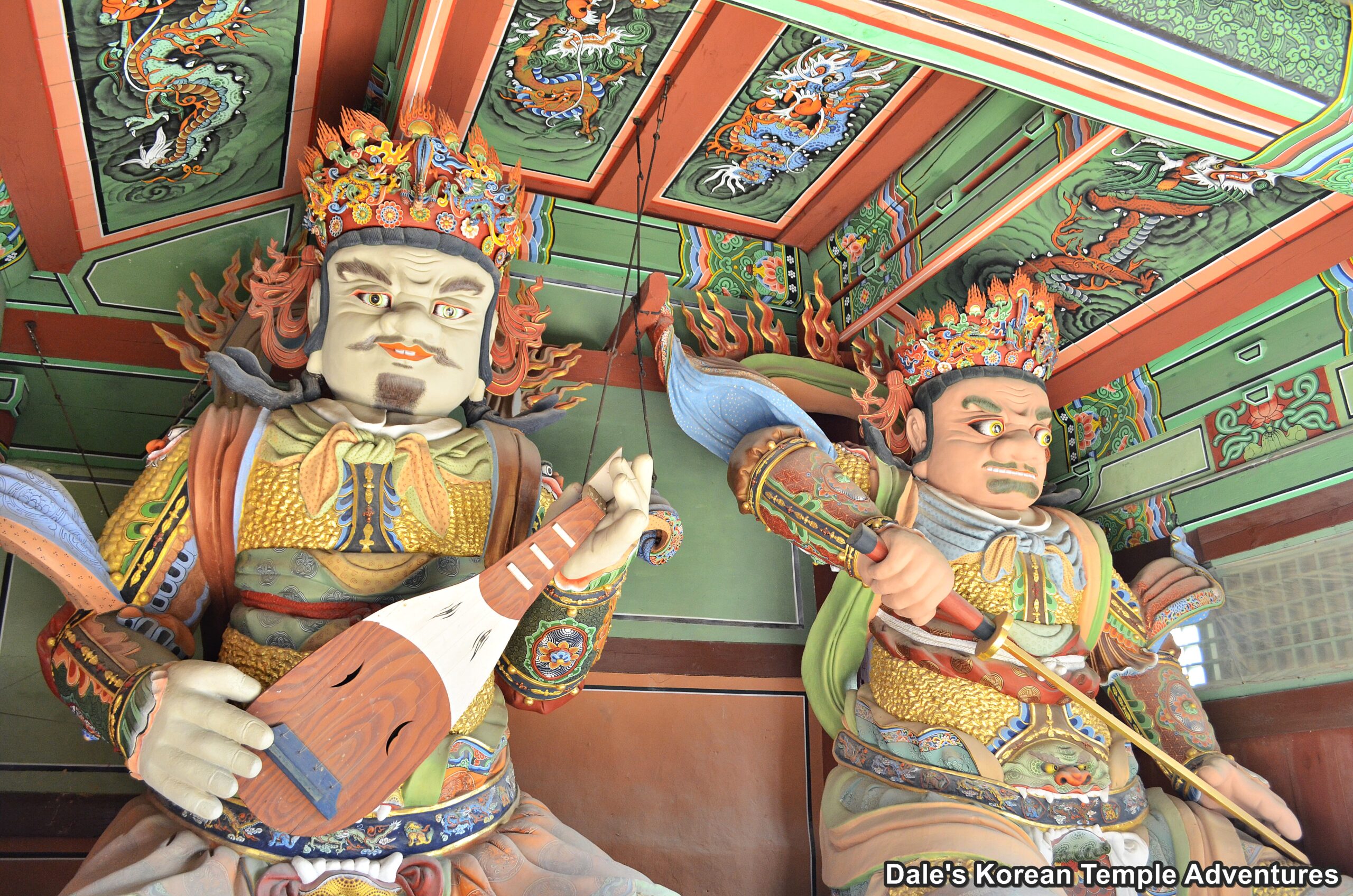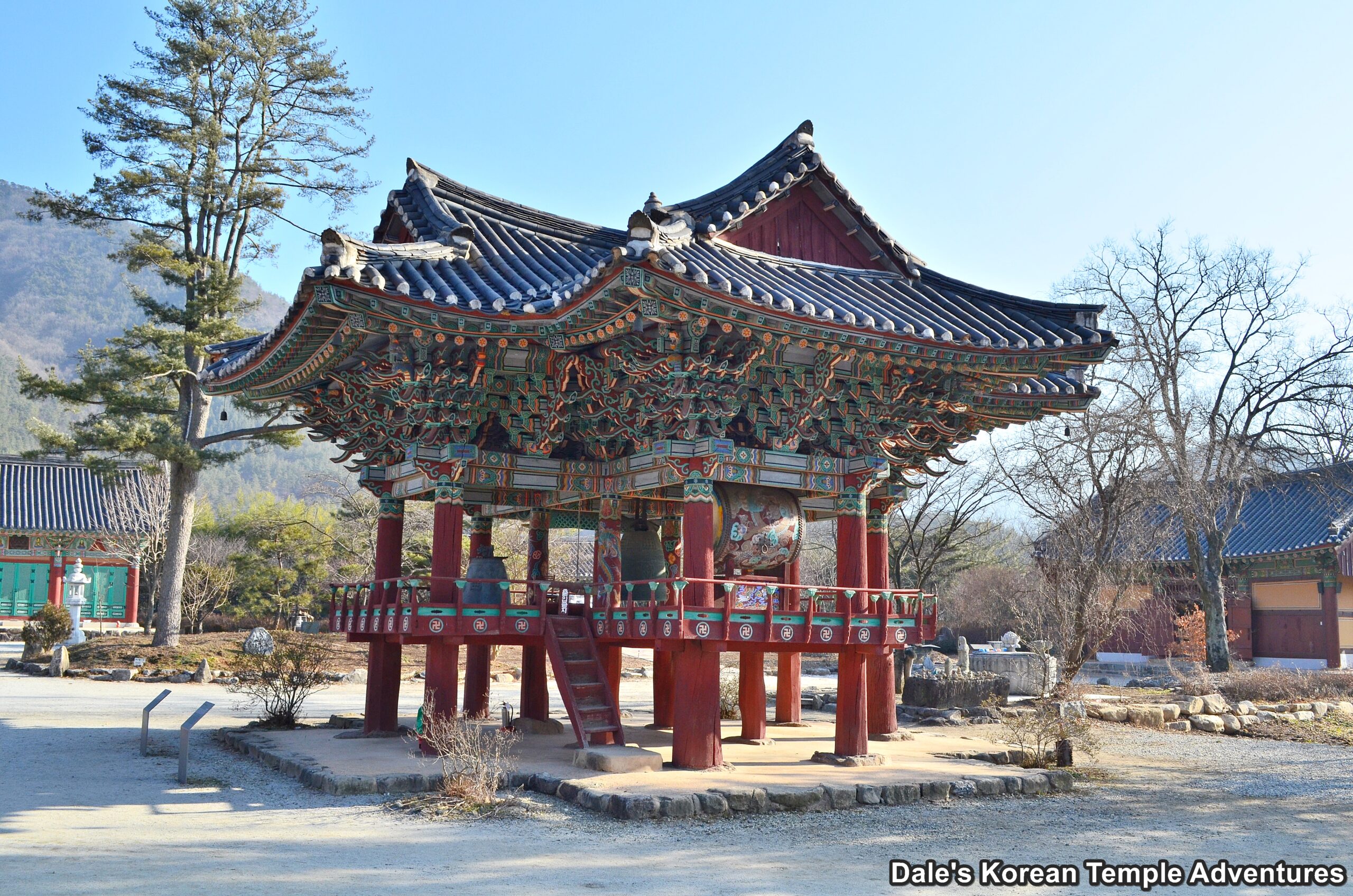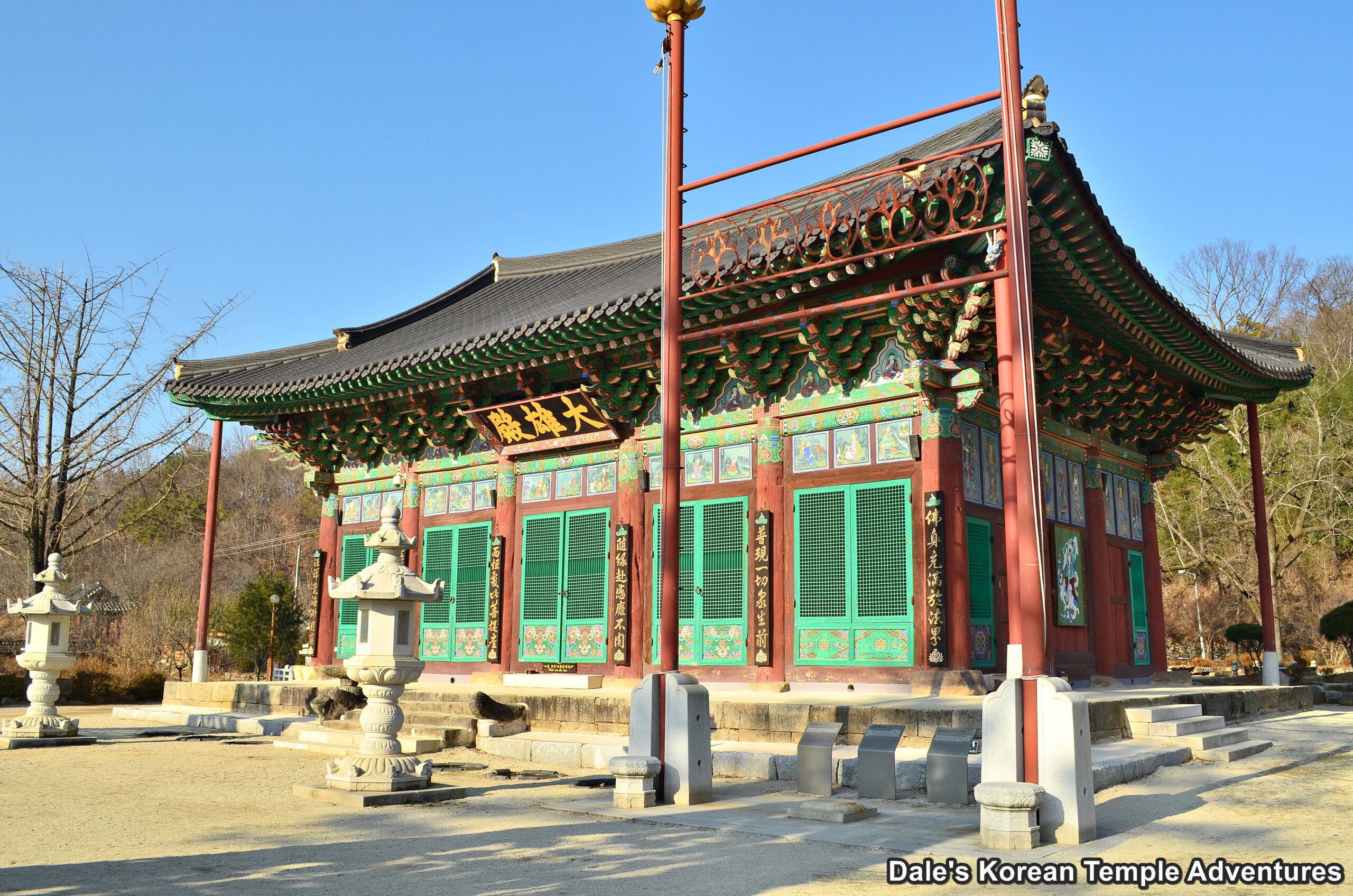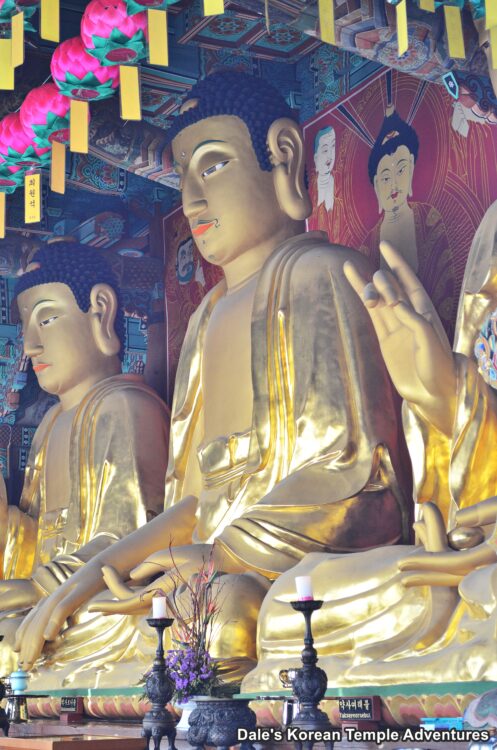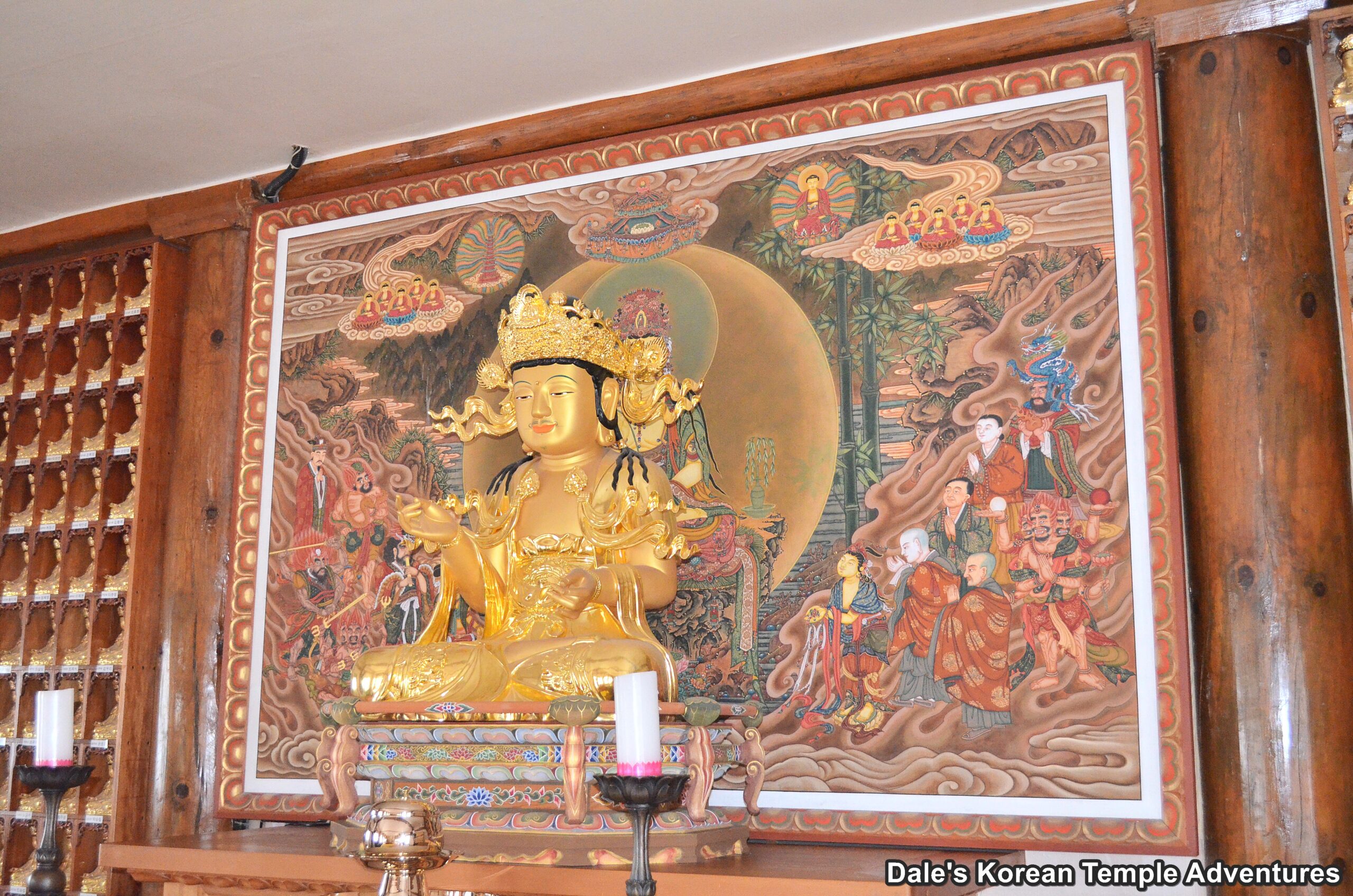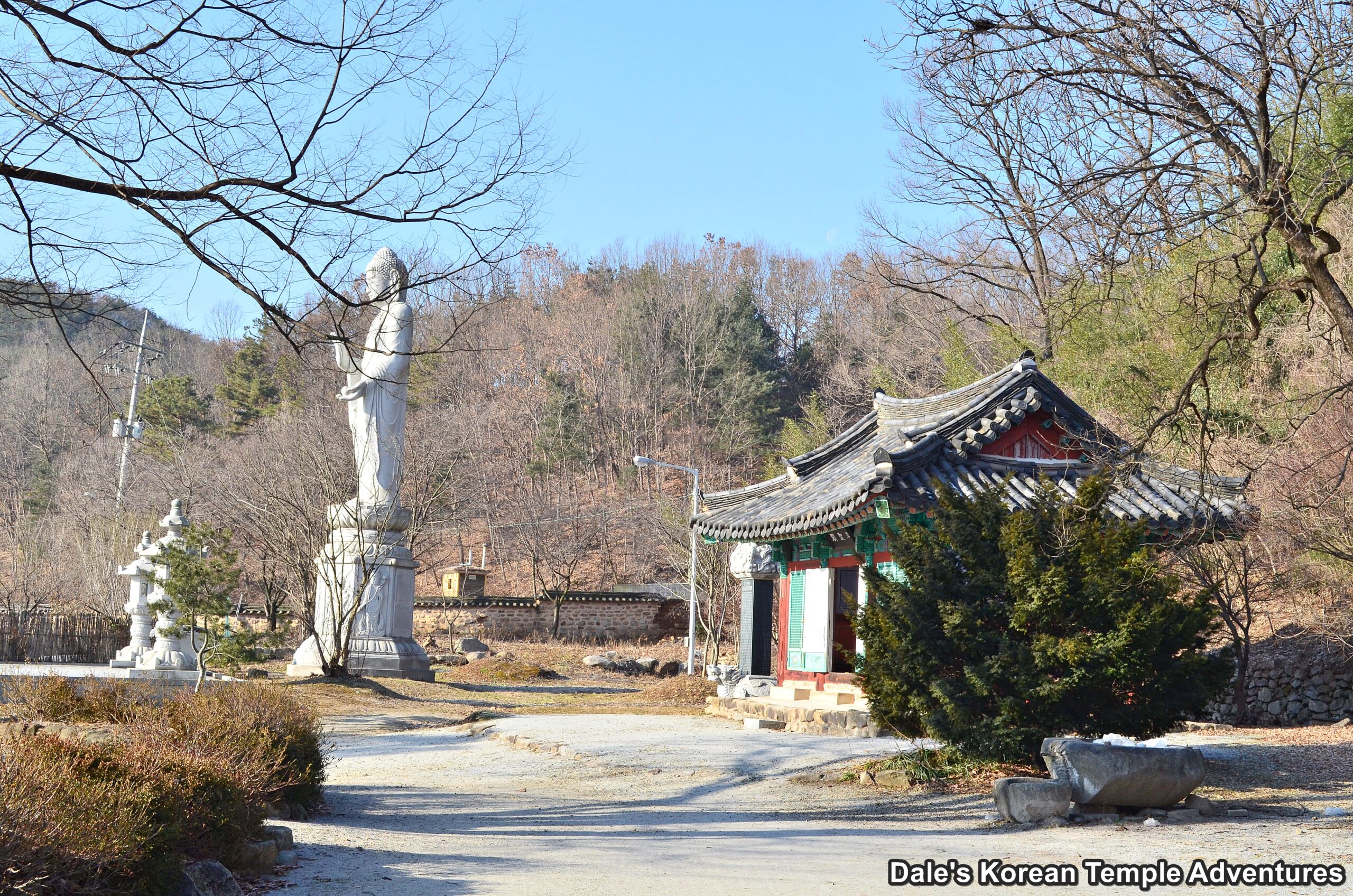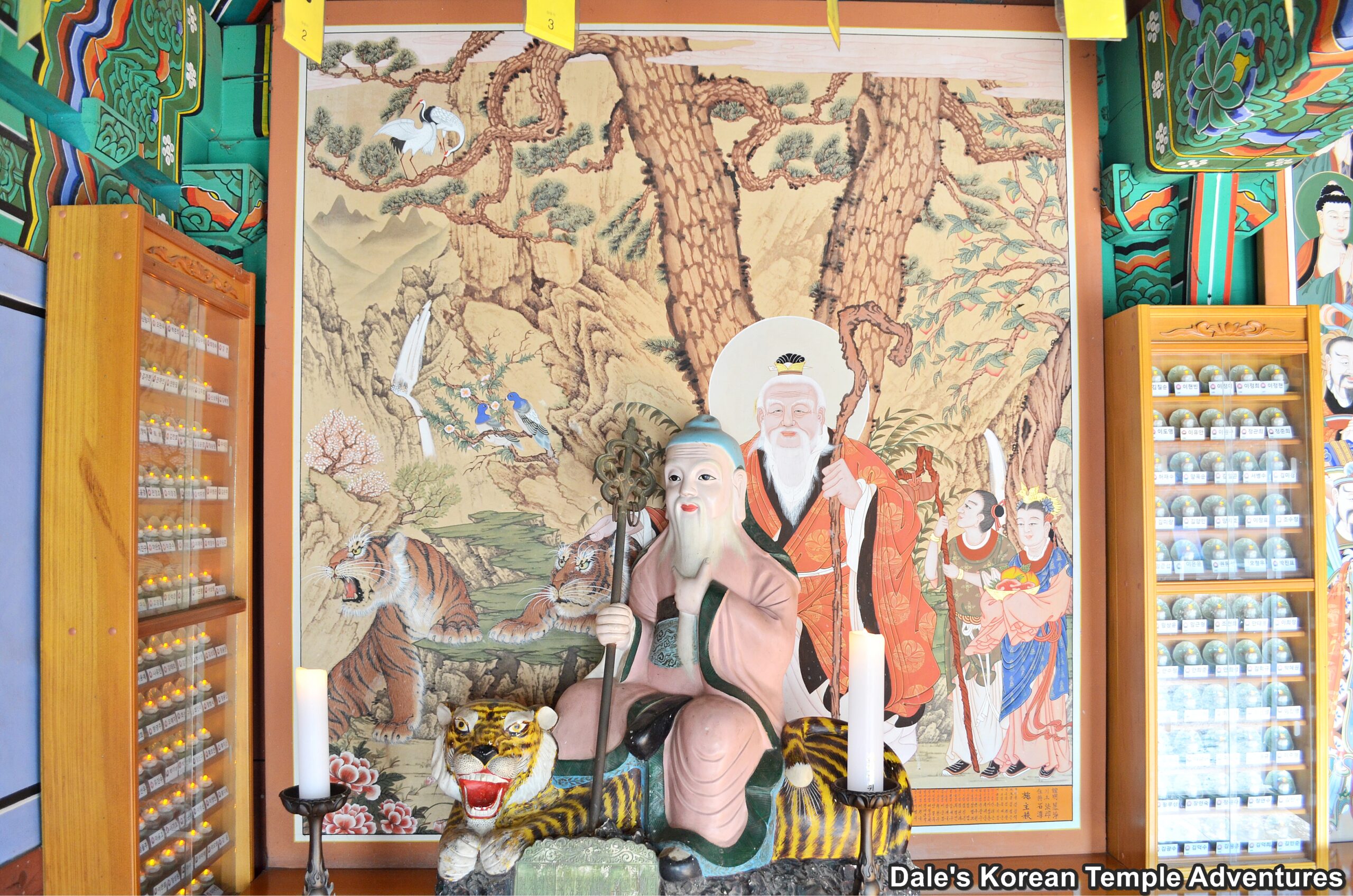Songgwangsa Temple – 송광사 (Wanju, Jeollabuk-do)
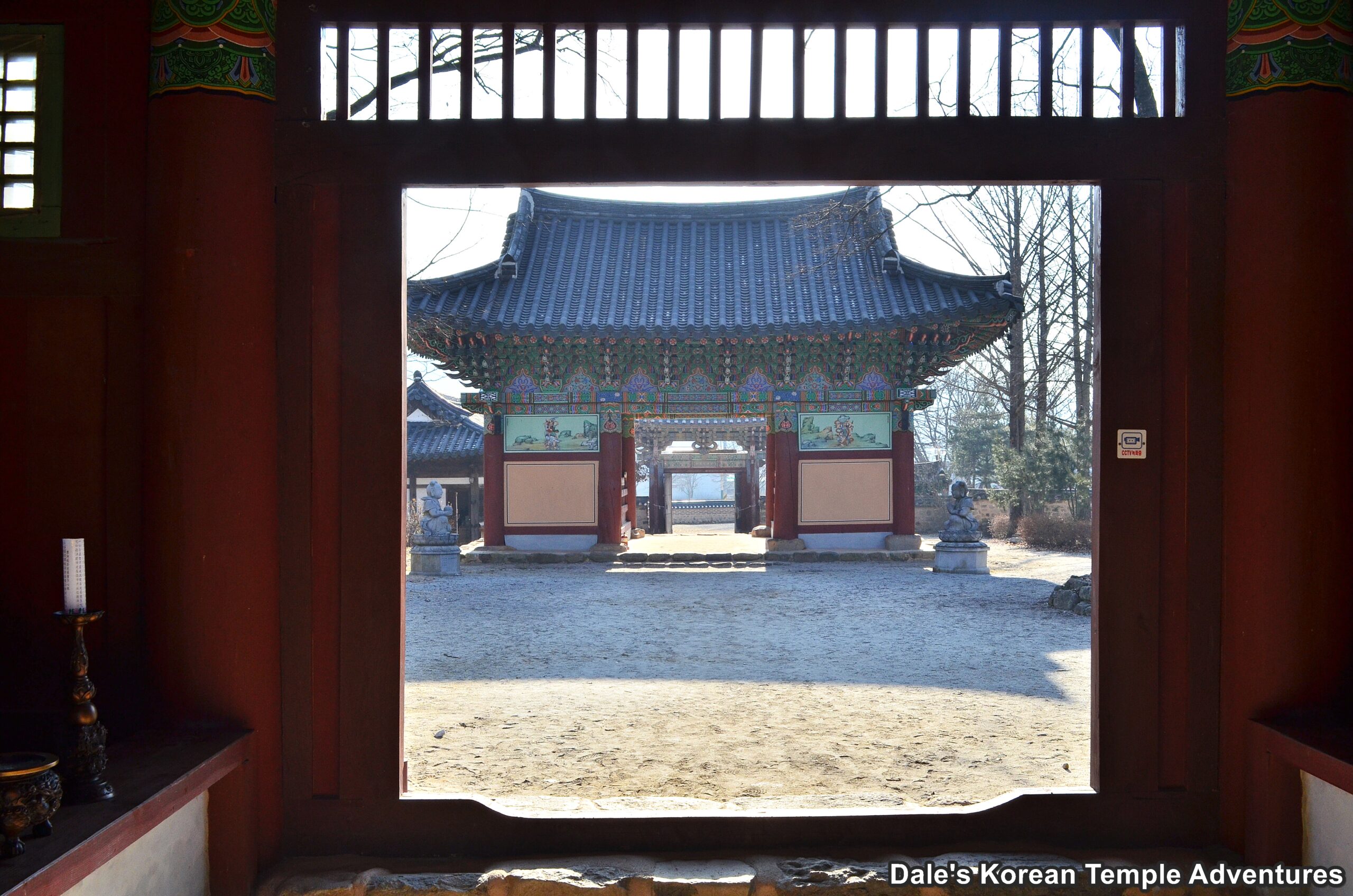
Temple History
Songgwangsa Temple, which is located in Wanju, Jeollabuk-do, is situated south of Mt. Jongnamsan (608.3m). This Songgwangsa Temple, however, shouldn’t be confused with the more famous temple with the same name in Suncheon, Jeollanam-do. This Songgwangsa Temple was first founded in 867 A.D. by the monk Doui-guksa. Originally, when the temple was first constructed in 867 A.D., it was known as Baekryongsa Temple. Eventually, the temple would be renamed by the famed monk Jinul (1158-1210) during the Goryeo Dynasty (918-1392). After years of neglect, Jinul asked his disciples to renovate and rebuild the temple. Unfortunately, this wish wasn’t fulfilled by his disciples. The temple was largely destroyed during the Imjin War (1592-1598) by the invading Japanese.
It wasn’t unitl 1622 that Songgwangsa Temple would be rebuilt and expanded by the monks Eungho, Seungmyeong, Unjeong, Deongnim, Deuksun, and Hongsin; thus, fulfilling Jinul’s wish for Songgwangsa Temple. This rebuild was completed in 1636. And with this rebuild, Songgwangsa Temple became a large temple. During the reign of King Injo (r.1623-1649), Songgwangsa Temple was designated as a special place for praying for the welfare of the nation, as well as for the safe return of his two sons that had been taken by the Qing Dynasty (1644-1912). King Injo called Songgwangsa Temple the “great temple of Seon [Zen] Buddhism.” Interestingly, it’s believed that the Daeung-jeon Hall, the Nahan-jeon Hall and/or the Jijang-jeon Hall perspire and shed tears in times of national crisis. In fact, from December 2nd to 13th, 1997, the triad of statues inside the Daeung-jeon Hall were reported to have shed a lot of sweat and tears to predict the upcoming IMF crisis. Additionally, the statues were said to shed tears and perspire during the KAL plane bombing, Coup d’état of December Twelfth, the sinking of the Sewol, and the Gangneung submarine infiltration incident of 1996. Perhaps all coincidences, but they’re pretty interesting coincidences, all the same.
In total, Songgwangsa Temple in Wanju, Jeollabuk-do is home to four Korean Treasures.
Temple Layout
As you first approach the temple grounds from the temple parking lot, you’ll first encounter the Iljumun Gate at Songgwangsa Temple. Because of the temple’s former size, the Iljumun Gate was located three kilometres away from its present location. In 1944, the Iljumun Gate was relocated to its present location close to the main temple courtyard. In its current location, the uniquely designed entry gate welcomes any and all visitors to Songgwangsa Temple.
The next gate to welcome you, which is perfectly aligned with the Iljumun Gate, is the rather rare Geumgangmun Gate, or “Diamond Gate,” in English. While passing through this gate, you’ll notice a pair of Geumgang-yeoksa (Vajra Warriors) housed inside it. In addition to the two Geumgang-yeoksa, you’ll also find a pair of childlike Munsu-bosal (The Bodhisattva of Wisdom) and Bohyeon-bosal (The Bodhisattva of Power).
Just beyond the Geumgangmun Gate is the largest of the three entry gates at Songgwangsa Temple. The Cheonwangmun Gate houses the Four Heavenly Kings inside it. These statues of the Four Heavenly Kings, which date back to 1649, are Korean Treasure #1255. Much like the objects that the Four Heavenly Kings hold in their hands at Songgwangsa Temple in Suncheon, Jeollanam-do, the Four Heavenly Kings at Songgwangsa Temple in Wanju don’t hold the traditional objects that we have grown accustom to them holding currently. The contemporary items that the Four Heavenly Kings hold are: Damun Cheonwang (North King) a pagoda, Gwangmok Cheongwang (West King) a dragon, Jeungjang Cheonwang (South King) a sword, and Jiguk Cheonwang (East King) a lute. However, between the Goryeo Dynasty (918-1392) and Joseon Dynasty (1392-1910) the objects that the Four Heavenly Kings held varied. In fact, it wasn’t until the Joseon Dynasty that the Four Heavenly Kings were first introduced in a Cheonwangmun Gate. Furthermore, it wasn’t until a standard was created by the Yuan Dynasty (1271-1368) and the Ming Dynasty (1368-1644) in China that Buddhism in Korea during the Joseon Dynasty followed suit. And because the clay Four Heavenly Kings date all the back to the latter half of the Ming Dynasty, the Songgwangsa Temple Four Heavenly Kings hold objects in their hands that you’re not accustomed to seeing with your modern eyes. Damun Cheonwang (North King) holds a lute in his hands, while Gwangmok Cheonwang (West King) holds a pagoda in his hand. Jeungjang Cheonwang (South King) holds a dragon in his hand, while Jiguk Cheonwang (East King) holds a sword in his hand.
Finally emerging on the other side of the impressive Cheonwangmun Gate, you’ll be welcomed to the main temple courtyard by the Bell Tower of Songwangsa Temple, or “Jong-ru,” in Korean. This bell tower stands slightly to the left of the Four Heavenly Kings Gate. The bell tower is Korean Treasure #1244, and it was constructed during the reign of King Sejo of Joseon (r.1455-1468). Uniquely, this bell tower is the only cross-shaped, two-story bell pavilion that was ever made during the Joseon Dynasty. Also, the bell housed inside this bell tower dates back to 1716, and it stands a very stout 107 cm in height.
To the right of the Bell Tower of Songgwangsa Temple, and past the jovial Podae-hwasang (Hempen Bag) statue, are the Jijang-jeon Hall and the Geukrak-jeon Hall. Inside the Jijang-jeon Hall is a large green-haired statue of Jijang-bosal (The Bodhisattva of the Afterlife). This statue is joined by ten equally large statues of the Shiwang (The Ten Kings of the Underworld). Rather plainly, and surprising for a Geukrak-jeon Hall, Amita-bul (The Buddha of the Western Paradise) sits on the main altar with Gwanseeum-bosal (The Bodhisattva of Compassion) and Daesaeji-bosal (The Bodhisattva of Wisdom and Power for Amita-bul).
Past these two shrine halls, and sitting squarely in the centre of the temple courtyard, is the historic Daeung-jeon Hall. The main hall at Songgwangsa Temple is Korean Treasure #1243. The Daeung-jeon Hall was built in 1636, when it was rebuilt by Byegam-guksa. The massive main hall houses three equally massive clay statues that date back to June, 1641. These statues, which are centred by Seokgamoni-bul (The Historical Buddha), and joined by Amita-bul and Yaksayeorae-bul (The Buddha of Medicine, and the Buddha of the Eastern Paradise), are Korean Treasure #1274. Standing an impressive five metres in height, and representing the idea of Samsara, they were built to pray for the long life of the King Injo (r.1623-1649) and Queen Inyeol (1594-1636). They were also made in hopes of an early return home of Crown Prince Sohyeon (1612-1645) and Prince Bongnim (1619-1659) from the Qing Dynasty China. The interior space between the main altar and the front wall is rather narrow. There are beautiful Bicheon (Flying Heavenly Deity) painted on the ceiling of the interior. And rather large guardian murals adorn the exterior walls of the Daeung-jeon Hall. And the signboard that hangs over the entry to the Daeung-jeon Hall was written by Prince Uichang (1589-1645), who was the eighth son of King Seonjo of Joseon (r.1567-1608).
To the immediate left of the Daeung-jeon Hall is the rather long Gwaneum-jeon Hall which was reconstructed in 1813. On the far right wall of the shrine hall is an ornately sculpted statued dedicated to Gwanseeum-bosal. This statue is backed by an equally intricate mural dedicated to the Bodhisattva of Compassion.
To the rear of the Daeung-jeon Hall, on the other hand, are two additional shrine halls. The first, which is to the left, is the Samseong-gak Hall. Housed inside this shaman shrine hall are three expertly rendered murals dedicated to Chilseong (The Seven Stars), Sanshin (The Mountain Spirit), and Dokseong (The Lonely Saint). And to the right of the Samseong-gak Hall is the Nahan-jeon Hall, which was constructed in 1656. Seokgamoni-bul is joined inside this hall by sixteen Nahan (The Historical Disciples of the Buddha). These sixteen Nahan are then joined by the expanded five hundred Nahan. To the left of the Samseong-gak Hall stands a large stone statue of Mireuk-bul (The Future Buddha).
How To Get There
From the neighbouring city of Jeonju, you can take Bus #806, #814, or #838 to get to Songgwangsa Temple in Wanju.
Overall Rating: 8/10
The three entry gates at the entry of Songgwangsa Temple are second-to-none in Korea. They are excellent examples of Buddhist temple architecture. Additionally, the interior and exterior of the Daeung-jeon Hall and the bell tower are beautiful examples of Korea’s historic and religious past. Also, you can look at the statues inside the Daeung-jeon Hall, which are not only a Korean Treasure, but they also weep in times of national crisis. So if you’re ever in Wanju, make sure that Songgwangsa Temple is on your to-see list.
